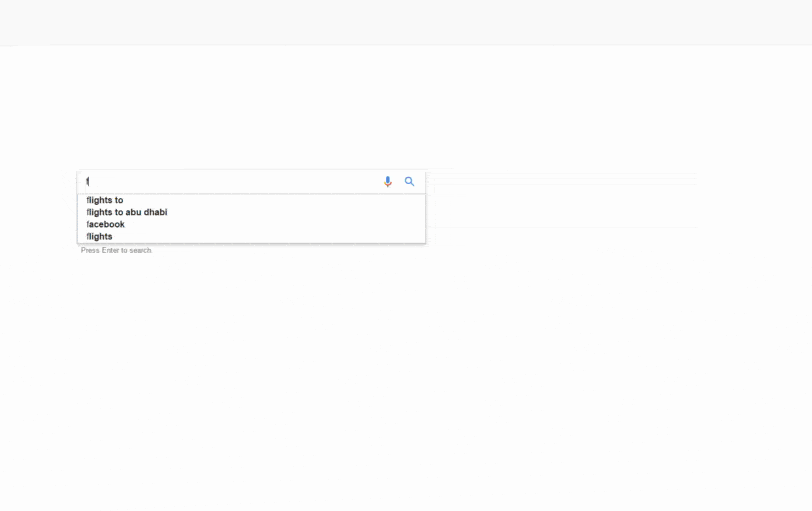Airlines are beginning to realize the huge potential of big data – including user search data – for their marketing efforts. It’s only been a few short years since the industry began to come around to the techniques already broadly deployed across the entire e-Commerce sphere, and yet the positive change has already been immense. However, while imitation may be the sincerest form of flattery, it also has its practical limitations.
Adoption of the “drive to personalize” sales channels in the cookie-cutter fashion – building demographic profiles, analyzing shopping habits, and creating “look-alike audiences” – definitely has its place in the airline industry, it’s not without its critical flaws. Simply put, there are practical realities to selling plane tickets online that are entirely ignored by personalization systems.
This shouldn’t come as a surprise, yet time and time again we see airlines under-utilizing the readily-available – and anonymous – information customers provide them – user search data.
The Shortcomings of Personalization in the Airline Industry
Today, the race is on to capture as much data about a traveler purchasing a flight on an airline’s eCommerce site as possible. Huge sums of money are being expended on systems that collect every conceivable classification such as age, gender, nationality, income level, etc.
But with all of this attention to information that can help make a sale in the future, very little is done to get the most out of the information the customer is searching for right then – things such as their origin, destination, date of travel, or desired fare class.
In other words, the customer’s actual intent to buy in the moment is being de-emphasized by this process. User search data can help add to personalization efforts by filling in this gap.
Here are the top three ways it does so:
3 Reasons Why Airlines Should Leverage User Search Data
1. Recommendations are Based On Actual User Search Data
Because it is by definition in real-time, user search data is extremely effective at offering a customer relevant deals. While personalization will take a customer’s profile and suggest things based on an algorithmic average of what their age/gender/nationality / etc. wants, analyzing a customer’s search terms zeroes-in on what they are actually looking to buy in real-time and sells it to them.
2. User Search Data Capitalizes on Customer Intent
If a user is on an airline’s website searching for a specific route at a specific time, it’s a very strong indication of an intent to purchase right away or in the near future. In this way, user search data allows airlines to target a customer with the most relevant and attractive deals when they are most likely to make a sale.
This is something a personalization system cannot do, because even if it correctly targets customers with an interesting route, it has no way of knowing their mindset when the deal is sent.
3. User Search Data is Readily Available
Personalization requires customers to willingly provide quite a bit of personal data. This is both invasive and time-consuming, resulting in incomplete or abandoned profiles purchased at the cost of high customer friction. In contrast, a user search data analysis only needs the customer to provide the information necessary to get what they want before making relevant suggestions to them.
It’s Time to Start Making the Best Use of All Available Data
It’s important for airlines to continue the current momentum building towards advanced personalization technologies. But at the same time, they must also recognize its blind spots. Using user search data behavioral analysis allows them to augment their data capabilities, ensuring they get the advantages of combining the two most state-of-the-art marketing tools currently available.
Find out how we can make your data work for you. Contact us here

